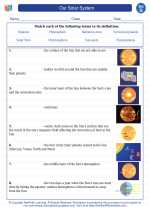Satellite
A satellite is an object that orbits around a larger object, typically a planet. Satellites can be natural, like the moon orbiting Earth, or artificial, like the many communications and weather satellites orbiting the Earth.
Natural Satellites
Natural satellites, also known as moons, are celestial bodies that orbit around a planet. For example, Earth has one natural satellite, the moon, while Jupiter has over 70 known moons.
Artificial Satellites
Artificial satellites are human-made objects that are launched into space and placed into orbit around a celestial body. These satellites serve a variety of purposes, including communication, navigation, weather monitoring, scientific research, and more.
Types of Orbits
Satellites can have different types of orbits, including geostationary orbit, polar orbit, and low Earth orbit. The type of orbit a satellite is placed in depends on its intended function and the specific requirements of the mission.
Uses of Satellites
Satellites have a wide range of uses, including:
- Communications: Satellite communication allows for long-distance communication, such as television broadcasts, internet connectivity, and phone calls.
- Navigation: Global Navigation Satellite Systems (GNSS) like GPS rely on satellites to provide accurate positioning and timing information.
- Earth Observation: Satellites can monitor and study the Earth's surface, atmosphere, and oceans, providing valuable data for scientific research and environmental monitoring.
- Weather Forecasting: Weather satellites provide imagery and data that help meteorologists track and predict weather patterns.
- Scientific Research: Satellites are used for various scientific missions, including studying the solar system, monitoring space weather, and conducting astronomical observations.
Study Guide
To better understand the topic of satellites, consider reviewing the following key concepts:
- Definition of a satellite and its role in orbiting around a larger object.
- Differentiate between natural and artificial satellites.
- Types of satellite orbits and their specific characteristics.
- Explore the various uses of satellites in modern society, including communication, navigation, weather forecasting, and scientific research.
- Research and discuss specific examples of important satellite missions and their contributions to our understanding of space and the Earth.
◂Science Worksheets and Study Guides Seventh Grade. Our Solar System

 Activity Lesson
Activity Lesson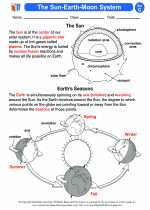
 Activity Lesson
Activity Lesson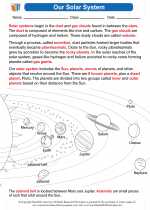
 Worksheet/Answer key
Worksheet/Answer key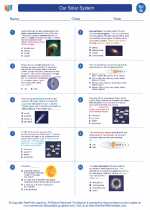
 Worksheet/Answer key
Worksheet/Answer key
 Worksheet/Answer key
Worksheet/Answer key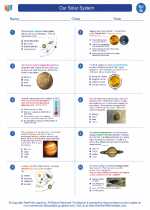
 Worksheet/Answer key
Worksheet/Answer key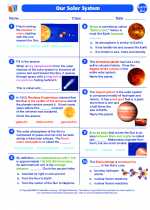
 Vocabulary/Answer key
Vocabulary/Answer key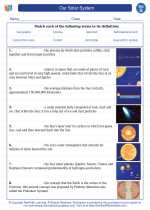
 Vocabulary/Answer key
Vocabulary/Answer key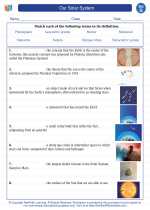
 Vocabulary/Answer key
Vocabulary/Answer key